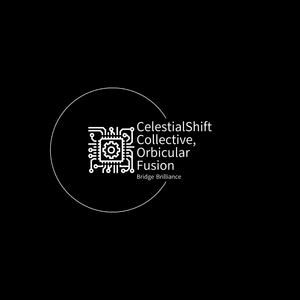The Hellraiser series presents the Lament Configuration as more than a mere artifact of horror, it serves as a profound symbol of the human quest to understand transcendence, suffering, and the mysteries of existence. By expanding on its connections to speculative physics, Gnosticism, Greek mythology, and literary sources such as Ovid’s Metamorphoses, we uncover deeper layers of its symbolic power. Thus, the Lament Configuration becomes a fictional yet compelling narrative device to explore the boundaries of human understanding.
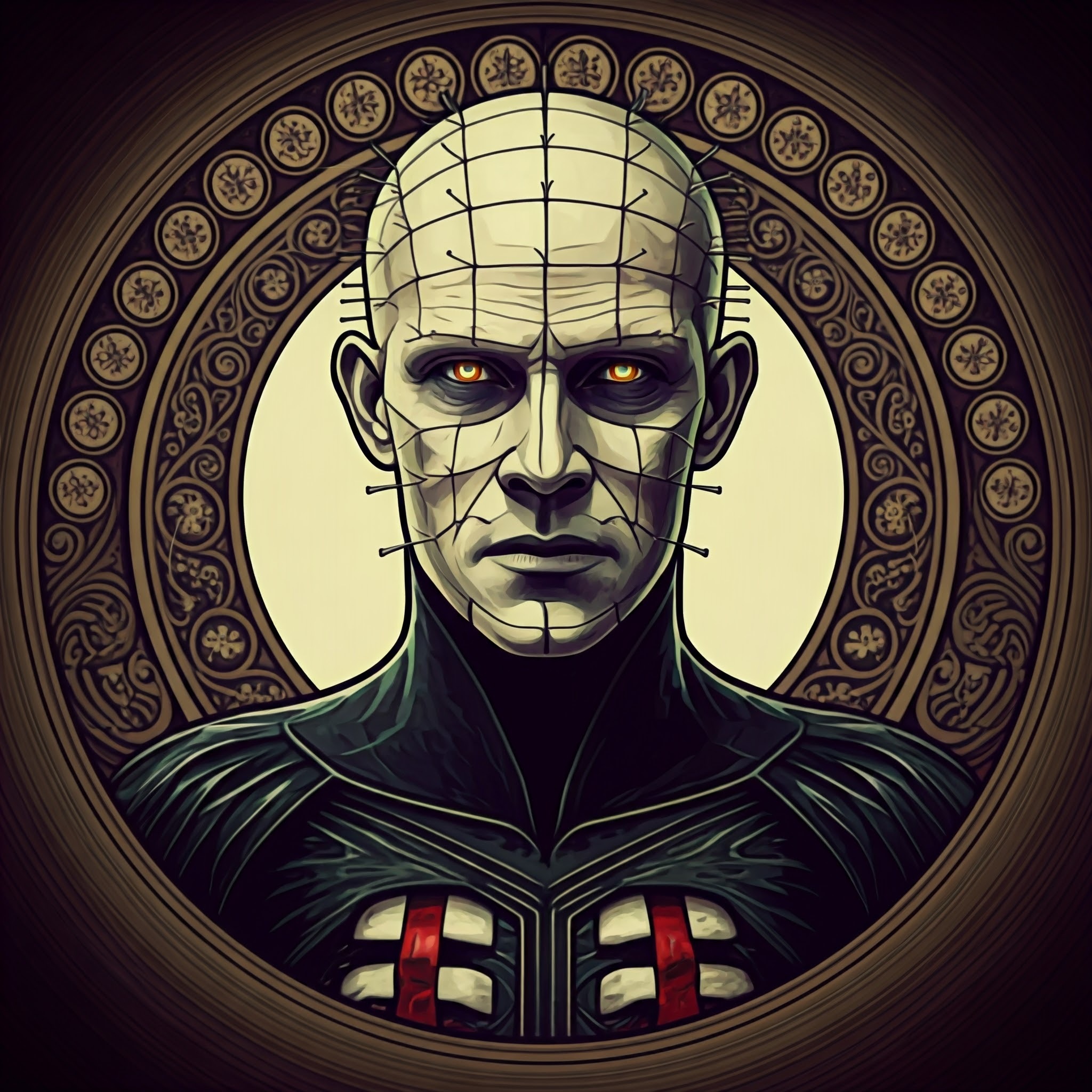 Gnosticism often emphasizes the material world's imperfection and the need to seek enlightenment or escape through arcane wisdom. Similarly, the puzzle box functions as a literal key to a hidden dimension, enticing individuals with the promise of ultimate pleasure or truth, though it often results in torment. This mirrors the Gnostic pursuit of divine knowledge, albeit distorted into a dark, punishing form through suffering and desire. The LC's creator, LeMarchand, and its role in summoning the Cenobites are steeped in esoteric and mystical elements. Its design, described as intricate and enigmatic, and its function of unlocking alternate dimensions are evocative of the pursuit of hidden truths central to Gnosticism. However, while Gnostic texts often seek liberation from suffering, the Hellraiser mythos reimagines this journey as one of confronting the limits of human experience through pain and pleasure, subverting the traditional spiritual liberation motif.
Gnosticism often emphasizes the material world's imperfection and the need to seek enlightenment or escape through arcane wisdom. Similarly, the puzzle box functions as a literal key to a hidden dimension, enticing individuals with the promise of ultimate pleasure or truth, though it often results in torment. This mirrors the Gnostic pursuit of divine knowledge, albeit distorted into a dark, punishing form through suffering and desire. The LC's creator, LeMarchand, and its role in summoning the Cenobites are steeped in esoteric and mystical elements. Its design, described as intricate and enigmatic, and its function of unlocking alternate dimensions are evocative of the pursuit of hidden truths central to Gnosticism. However, while Gnostic texts often seek liberation from suffering, the Hellraiser mythos reimagines this journey as one of confronting the limits of human experience through pain and pleasure, subverting the traditional spiritual liberation motif.
Barker’s inspiration for the Hellraiser universe stemmed largely from his own imagination and fascination with horror, BDSM, and the interplay of pleasure and pain. While not directly tied to Gnosticism, his works often explore themes of scorned subjects open to interpretation, transformation, and metaphysical journeys, which aligns with Gnostic ideas. Clive Barker’s work frequently explores the tension between transcendence and damnation, another prominent theme in Gnosticism but presented through a lens of horror and existential dread. The box could be seen as a perverse Gnostic artifact, one that leads not to divine insight but to the horrors of the Cenobites’ realm, where human experiences of pleasure and pain are amplified to an unimaginable degree.
In Gnostic traditions, enlightenment or "gnosis" involves uncovering hidden truths about the universe and escaping the material world's illusions. Similarly, the LC represents a quest for forbidden knowledge and access to realms beyond human understanding. Those who solve the puzzle often seek enlightenment or transcendence, albeit with horrific consequences. Gnosticism often portrays the physical world as a flawed or corrupt creation of the Demiurge, with salvation lying in transcending physical existence. The Cenobites, beings summoned by the box, embody this concept in a twisted way by presenting their own version of transcendence through the extremes of pleasure and pain, blurring the line between the physical and metaphysical. Gnostic cosmology frequently emphasizes dualities: light versus darkness, spirit versus flesh, or higher realms versus the material plane. The LC acts as a literal bridge between these realms, allowing users to cross into dimensions that defy conventional morality and existence.
The LC also shares notable symbolic parallels with the myth of Pandora's Box from Greek mythology. Both objects serve as metaphors for humanity's temptation to seek forbidden knowledge or power, the consequences of which lead to chaos and suffering. In terms of Gnostic principles, the quest for hidden knowledge often leads to spiritual or physical torment. The Cenobites embody this torment as they punish the seeker for their hubris. The labyrinth-like nature of the Cenobite realm also parallels the labyrinthine quality of Pandora's moral dilemmas and the consequences of opening the box. In Greek mythology, Pandora was given a sealed box (or jar, in some versions) as a gift and instructed not to open it. Overcome by curiosity, she opened the box, unleashing all the evils into the world. Only hope remained inside once the box was shut again. The myth represents the dangers of unchecked curiosity and the human desire to seek out hidden truths, even when warned against it. The LC, like Pandora's Box, is a puzzle that tempts individuals with the promise of forbidden knowledge or ultimate pleasure. In Hellraiser, solving the box summons the Cenobites, beings who blur the lines between pain and pleasure, subjecting the user to torment. It serves as a metaphor for the consequences of exploring realms beyond human understanding, paralleling Pandora's unleashing of evils into the world.
In Greek mythology, Pandora was given a sealed box (or jar, in some versions) as a gift and instructed not to open it. Overcome by curiosity, she opened the box, unleashing all the evils into the world. Only hope remained inside once the box was shut again. The myth represents the dangers of unchecked curiosity and the human desire to seek out hidden truths, even when warned against it. The LC, like Pandora's Box, is a puzzle that tempts individuals with the promise of forbidden knowledge or ultimate pleasure. In Hellraiser, solving the box summons the Cenobites, beings who blur the lines between pain and pleasure, subjecting the user to torment. It serves as a metaphor for the consequences of exploring realms beyond human understanding, paralleling Pandora's unleashing of evils into the world.
Both Pandora and the individuals who open the LC act out of curiosity, representing humanity’s tendency to overreach in pursuit of knowledge or transcendence. In the context of the box, this overreach leads to catastrophic consequences, serving as a cautionary tale about the limits of human ambition. Pandora's Box ends with hope being trapped inside, offering humanity a chance for redemption despite the unleashed evils. In contrast, the LC offers no such hope—its opening leads only to suffering, with the Cenobites acting as unrelenting enforcers of the consequences. This distinction highlights the Hellraiser universe's darker, nihilistic worldview compared to the nuanced optimism of the Pandora myth.
In terms of speculative science, The LC invites divisive questions, alternative theories and compelling discourse about its connections to consciousness and the afterlife through metaphysical lenses. The quantum consciousness hypothesis, championed by Roger Penrose and Stuart Hameroff, posits that consciousness arises from quantum processes within the brain. If consciousness is indeed a quantum phenomenon, it could interact with the fundamental fabric of reality, persisting in higher-dimensional realms after death. In this speculative context, the LC might act as a "quantum key," aligning the solver's consciousness with these higher-dimensional realities.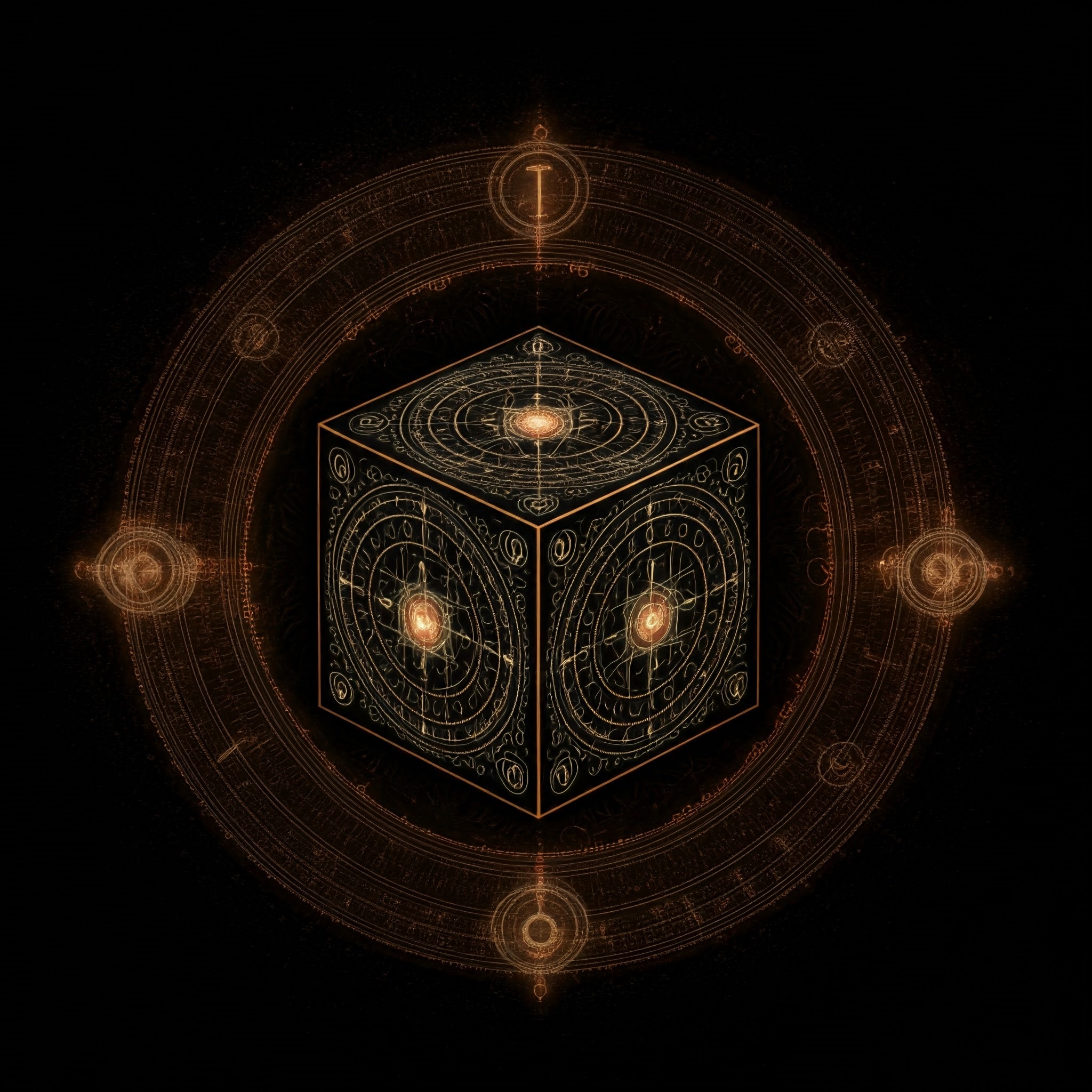 The idea that consciousness extends beyond the physical brain provides a speculative framework for understanding the afterlife and the LC’s role in navigating it. The vivid perceptions and encounters reported during NDEs align with the depiction of Leviathan’s realm—a space where traditional concepts of time, pain, and pleasure collapse. If consciousness is non-local, the LC could symbolize a tool for redirecting awareness into alternate dimensions, akin to a metaphysical GPS. This echoes Gnostic themes of escaping the material world and Greek myths of navigating the underworld. String theory, which suggests the existence of additional spatial dimensions, provides another speculative framework. The LC could manipulate these dimensions, creating pathways to alternate realms—a plausible explanation for its ability to summon the Cenobites and bridge the gap between the physical and metaphysical.
The idea that consciousness extends beyond the physical brain provides a speculative framework for understanding the afterlife and the LC’s role in navigating it. The vivid perceptions and encounters reported during NDEs align with the depiction of Leviathan’s realm—a space where traditional concepts of time, pain, and pleasure collapse. If consciousness is non-local, the LC could symbolize a tool for redirecting awareness into alternate dimensions, akin to a metaphysical GPS. This echoes Gnostic themes of escaping the material world and Greek myths of navigating the underworld. String theory, which suggests the existence of additional spatial dimensions, provides another speculative framework. The LC could manipulate these dimensions, creating pathways to alternate realms—a plausible explanation for its ability to summon the Cenobites and bridge the gap between the physical and metaphysical.
The many-worlds interpretation of quantum mechanics posits that every decision branches into alternate realities. If solving the box represents a specific alignment of choices, it might serve as a mechanism to shift consciousness into a parallel universe—a dark realm symbolizing the afterlife. Non-local theories of consciousness further suggest that our awareness may extend beyond the brain, implying that death is not an end but a transition into another state. The LC could symbolize this journey, albeit through a lens of horror.
Gnosticism, an ancient philosophical and religious system, resonates deeply with the themes surrounding the LC. At its core, Gnosticism seeks liberation from the flawed material world, created by the Demiurge, a lesser divine being, through the attainment of hidden knowledge (gnosis). The act of solving the LC parallels the Gnostic pursuit of gnosis—a dangerous and forbidden knowledge that offers transcendence. However, like the Gnostic cautionary tales of false enlightenment, solving the box often results in suffering, as seekers encounter the Cenobites, who promise a grotesque form of "truth" that merges pleasure and pain. In Gnostic thought, the spiritual realm is pure and divine, while the material world is a prison for the soul. The LC serves as a literal bridge between these realms, offering access to a dimension that challenges the very nature of morality and existence. The Cenobites, much like the archons in Gnostic mythology, act as gatekeepers who enforce the boundaries of these realms, trapping unwitting souls in their domain.
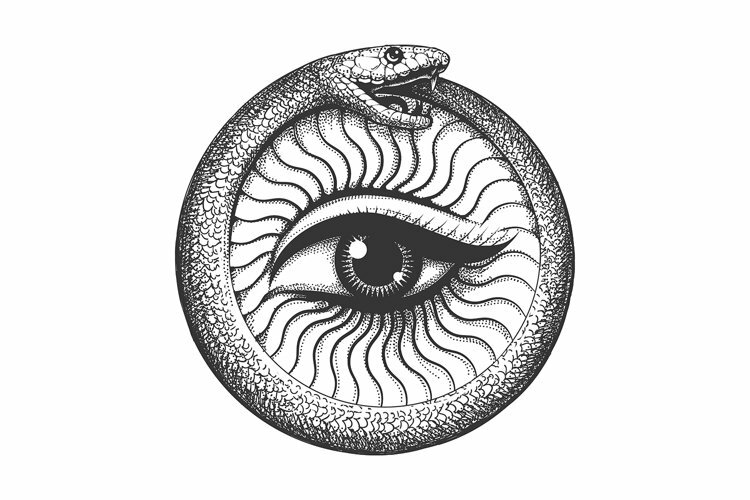 The LC’s inner workings can also be compared to Maxwell’s Demon, a thought experiment in physics that challenges the second law of thermodynamics by selectively sorting particles to create order out of chaos. Similarly, the box functions as a sorting mechanism, directing consciousness to specific dimensions based on the solver's actions. This analogy deepens when considering the Cenobites as enforcers of entropy, agents who dismantle individuality and agency, leaving only chaos and suffering. Just as MD questions the inevitability of entropy, the LC challenges the boundaries between life, death, and the afterlife, presenting a distorted reflection of humanity's attempt to transcend entropy through knowledge and control.
The LC’s inner workings can also be compared to Maxwell’s Demon, a thought experiment in physics that challenges the second law of thermodynamics by selectively sorting particles to create order out of chaos. Similarly, the box functions as a sorting mechanism, directing consciousness to specific dimensions based on the solver's actions. This analogy deepens when considering the Cenobites as enforcers of entropy, agents who dismantle individuality and agency, leaving only chaos and suffering. Just as MD questions the inevitability of entropy, the LC challenges the boundaries between life, death, and the afterlife, presenting a distorted reflection of humanity's attempt to transcend entropy through knowledge and control.
The theoretical construct surrounding entropy, thermodynamics and time in MD, mirrors the role of the LC as a way of sorting souls. Pinhead, acting as the demon, selectively "chooses" those who solve the box, binding them to Leviathan's realm. Ovid’s Metamorphoses offers insight here, particularly in stories of transformation and entrapment. For example, the tale of Arachne, who is turned into a spider for her hubris, mirrors how individuals solving the box are "transformed" into Cenobites. Like MD, this process enforces a form of cosmic order while challenging natural laws. The concept of non-local consciousness, which suggests that awareness extends beyond the body, aligns with the idea that souls may be trapped or redirected by forces beyond physical reality.
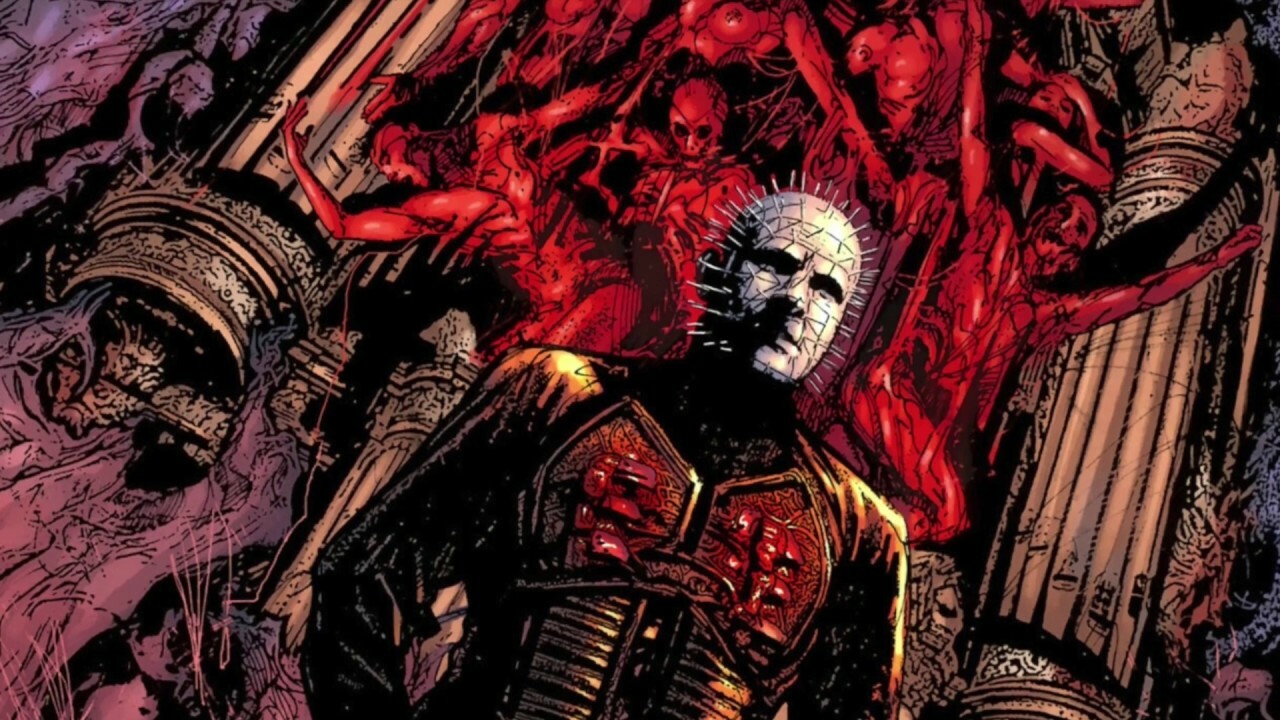
As the most powerful Hell Priest, Pinhead represents an inversion of Gnostic ideals. He offers enlightenment through suffering, twisting the Gnostic pursuit of divine knowledge into a grotesque parody as he presides as the ultimate authority over the labyrinthine dimension ruled by Leviathan. Pinhead embodies the allure of hidden knowledge, much like the Gnostic path toward spiritual awakening. His dialogues often frame pain and pleasure as transformative forces, echoing Gnostic themes of transcending the physical. Unlike the Gnostic goal of liberation, Pinhead enforces entrapment. He aligns with the role of the Demiurge, a being who traps souls within a flawed, oppressive reality. His dominion over the Cenobites reflects the archons of Gnostic cosmology, who act as intermediaries and enforcers of the material world's limitations. This duality illustrates the dangers of misinterpreted enlightenment: what appears to be salvation may lead to greater suffering, mirroring Gnostic warnings about false prophets and illusions of transcendence.
In Greek mythology, duality is a recurring theme. The labyrinth of Crete, for instance, traps the Minotaur—a being born from the union of human and beast, embodying duality itself. Similarly, the LC’s labyrinth reflects the human struggle between the spiritual and material. The myth of Daedalus and Icarus provides a cautionary tale about the dangers of unrestrained pursuit of higher realms, paralleling the risks faced by those who solve the puzzle box. Pinhead’s Cenobites echo figures such as Hades and Persephone, rulers of an underworld realm where souls face trials and transformation. Ovid’s Metamorphoses provides rich allegories for understanding the LC and its labyrinth. The text frequently explores themes of transformation, punishment, and entrapment, which resonate with Hellraiser.
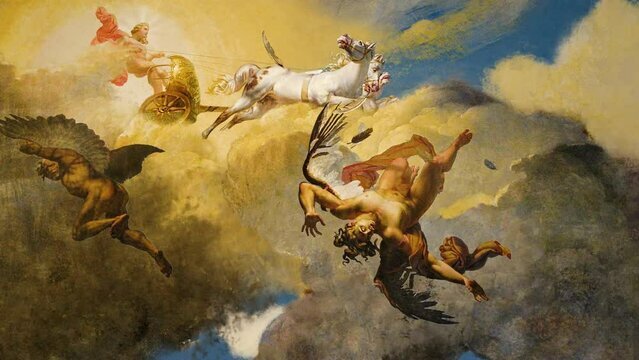
Just as Daedalus constructs the labyrinth to imprison the Minotaur, the LC traps those who seek forbidden knowledge. The mythological labyrinth reflects the psychological state of victims in Hellraiser—lost, disoriented, and unable to escape the cycles of suffering. In Ovid’s stories, transformations often serve as a form of divine retribution, much like how solving the LC leads to horrific transformations into Cenobites. This punishment reflects the dangers of overreaching or defying natural laws. The sorting of particles by MD parallels how characters in Hellraiser are metaphorically "sorted" by their actions. This concept aligns with Ovidian tales where characters are judged and transformed based on their choices, reinforcing the theme of cosmic justice.
The LC serves as a nexus for exploring speculative science, ancient mythology, and philosophical systems. Pinhead’s role as both tormentor and enlightener encapsulates the dualities present in Gnosticism and Greek mythology, while scientific concepts like Maxwell’s Demon and non-local consciousness provide modern parallels to the labyrinthine journey of the soul. Drawing from Ovid’s Metamorphoses, the LC reflects the human narrative of entrapment, transformation, and the quest for transcendence. More than a horror device, it symbolizes humanity’s curiosity about existence, suffering, and life beyond death.
Whether interpreted through the lens of Gnosticism or modern physics, it represents consciousness and dimensional travel, illustrating humanity's unrelenting pursuit of understanding life, death, and the mysteries beyond. The box weaves together themes of enlightenment, suffering, and cosmic duality, resonating with the human struggle to reconcile existence with the unknown. In confronting the Lament Configuration, we engage with the boundaries of our understanding, questioning what lies beyond the puzzle of life itself.

Further Reading:
Roger Penrose and Stuart Hameroff’s quantum consciousness hypothesis (Physics of Life Reviews, 2014).
Gnostic principles and their cultural reinterpretations (Journal of the American Academy of Religion, 2020).
Maxwell’s Demon and entropy debates (Nature Physics, 2019).
Ovid’s Metamorphoses and its interpretations in classical literature.
Gnostic principles and parallels in modern fiction (Journal of the American Academy of Religion, 2020).
